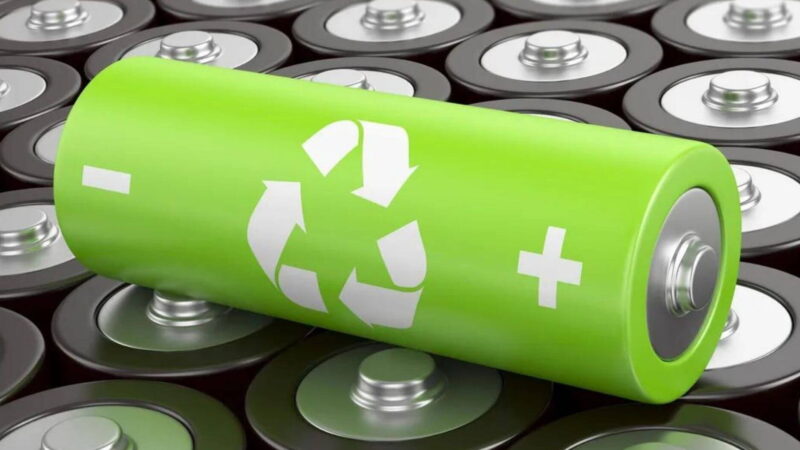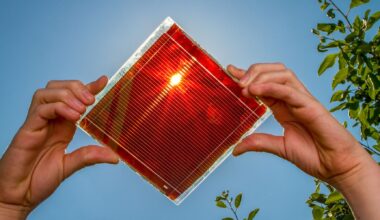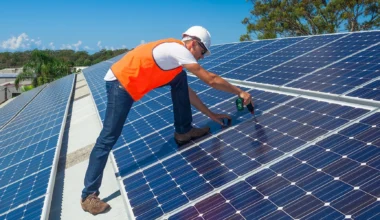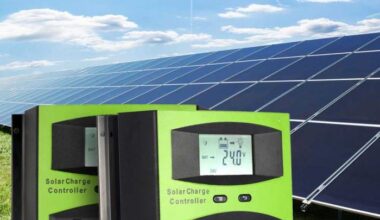How Long Do Best Lithium-Ion Batteries Last? Understanding Lithium ion Battery Lifespan and Maintenance
Introduction
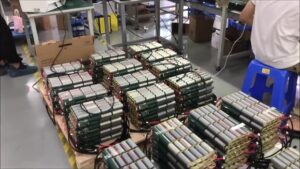
After almost a decade designing off-grid solar systems, retrofitting data-center UPS rooms, and troubleshooting thousands of EV packs, one question crops up in every client meeting: “How long will my lithium-ion battery last?” The short answer? Anywhere from three to twenty years — but only if you understand the delicate chemistry, treat the cells kindly, and adopt a few maintenance habits that most owners overlook. In this deep-dive I’ll translate lab jargon into plain English, reveal the hidden levers that control Lithium ion Battery Lifespan, and give you a battle-tested checklist you can start using today.
What Does “Lithium ion Battery Lifespan” Really Mean?
Cycle Life vs. Calendar Life
-
Cycle life counts how many full 100 %-to-0 %-to-100 % charge/discharge loops a pack survives before its usable capacity falls to ≈ 80 %. Most consumer cells are rated 300–1 500 cycles.
-
Calendar life measures aging by the clock. Even a battery sitting idle loses about 2-5 % capacity per year because of slow chemical side reactions.
Why Depth of Discharge Rules Everything
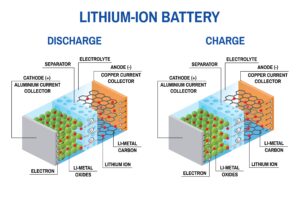
Imagine a phone battery as a rubber band. Stretch it to the max every time and it snaps early. Limiting each cycle to 20–80 % state-of-charge (SoC) can triple lithium ion battery lifespan compared with full swings.
Average Lithium ion Battery Lifespan in Real-World Gear
Smartphones & Laptops
-
Typical rating: 500 cycles → roughly 2–3 years of daily use.
-
Fast-charging at 50 °C can kill 20 % capacity in six months; keeping devices cool extends life dramatically.
Electric Vehicles
-
Modern EV packs (NCM or LFP chemistries) promise 1 500–5 000 cycles ► 150 000–800 000 km.
-
Active liquid cooling and cell balancing keep degradation under 2 % per year in temperate climates.
Residential Solar Storage
-
Wall-mount LFP batteries quote 6 000–8 000 cycles at 80 % DoD — that’s 15–20 years if cycled daily.
-
High ambient attic heat can halve results; strategic ventilation pays off big.
Power Tools & E-Bikes
-
High-current bursts mean lower cycle counts (≈ 300–800), but partial charging between jobs doubles lifespan.
The Chemistry Behind Capacity Fade
Anode & Cathode Wear
Lithium ions shuttle between the graphite anode and metal-oxide cathode. Each trip leaves microscopic scars, growing resistance until voltage sag appears.
SEI Layer Growth
A protective film called the solid-electrolyte interphase thickens with every cycle. Too thick ⇒ ions struggle to pass ⇒ capacity lost.
Temperature: The Silent Killer
At 45 °C side reactions run 2-3× faster. Conversely, below 0 °C plating can short-circuit cells permanently.
Seven Proven Ways to Extend Lithium ion Battery Lifespan
1. Live in the 20–80 % SoC “Goldilocks Zone”
Use built-in “battery saver” modes or external BMS controllers. In EVs, set the daily charge limit to 80 %.
2. Keep It Cool (But Not Freezing)
-
Vent phone heat with a case that dissipates warmth.
-
Park EVs in shade; a 10 °C drop can boost Lithium ion Battery Lifespan by 50 %.
3. Slow-Charge Overnight, Fast-Charge Sparingly
Fast DC boosts convenience but slams ions into electrodes, accelerating crack formation.
4. Avoid Full Discharge
Deep-cycling LFP packs below 10 % SoC raises cathode stress. Recharge early, especially in solar-storage systems.
5. Calibrate Monthly
Run one full cycle (100 %→5 %→100 %) to reset smart-gauge accuracy; this doesn’t improve chemistry but keeps the meter honest.
6. Update Firmware
Manufacturers refine charge algorithms that reduce peak voltage or tweak thermal throttling.
7. Use OEM or Certified Chargers
Cheap adapters often deliver noisy voltage spikes that attack the SEI layer.
Step-by-Step Maintenance Checklist
-
Inspect weekly for bulges or hot spots.
-
Log state-of-charge patterns in a spreadsheet or app.
-
Dust vents/fans every month on stationary battery cabinets.
-
Re-torque bus-bar screws each quarter (solar banks).
-
Run diagnostic scans (EV service mode) twice a year.
-
Balance cells: engage the BMS “top-balance” function annually.
-
Recycle expired packs — never toss in household trash.
Storing Lithium-Ion Batteries Long-Term
-
Charge to ≈ 50 % SoC.
-
Seal in airtight, fire-safe container with ≤ 25 °C ambient.
-
Check voltage every six months; recharge to 50 % if it falls below 30 %.
When to Replace a Battery (5 Red Flags)
-
Capacity under 70 % of original.
-
Voltage drops below manufacturer’s cut-off during normal load.
-
Swelling or odor.
-
BMS error codes.
-
Charge time doubles versus new.
Read Also: 5 Free Guides on Choosing Between Lithium and Tubular Batteries for Your Home or Business
Environmental Impact & Recycling Options
Each kWh of lithium-ion storage contains up to 8 kg CO₂e manufacturing footprint. Certified recycling recovers > 90 % of cobalt, nickel, and copper, slashing future mining. Brands like Redwood Materials and Li-Cycle pay consumers or supply chain partners for spent packs. Choosing these programs extends your Lithium ion Battery Lifespan story beyond use to responsible end-of-life stewardship.
Frequently Asked Questions
How many years does an average lithium-ion laptop battery last?
About 2–4 years or 300–500 cycles, whichever comes first.
Will charging my phone overnight ruin the battery?
Modern circuits stop at 100 %, but lingering at that high voltage all night warms cells and shortens Lithium ion Battery Lifespan. Enable optimized charging so the device finishes just before you wake.
Is 100 % depth-of-discharge safe for lithium-ion once in a while?
Occasional full drains are okay for calibration, but regular deep discharges shave cycles dramatically.
Do wireless chargers degrade batteries faster?
Only if they trap heat. Use certified pads with ventilation gaps.
Can I store lithium-ion batteries in a freezer?
No. Below-freezing temperatures cause lithium plating that may create internal shorts on the next charge.
Does partial charging (e.g., 60 %→90 %) count as a full cycle?
Cycle life measures equivalent full cycles, so two 50 % top-ups equal one cycle. This keeps math fair across charging habits.
How does fast charging affect EV Lithium ion Battery Lifespan?
Using 150 kW+ chargers daily can cut total capacity by 5–10 % after 100 000 km versus slow AC charging. Mix both methods to balance convenience and longevity.
Are solid-state batteries immune to these issues?
Early data suggests higher thermal stability and > 1 000 Wh/L density, but until mass adoption arrives (projected 2027-2030) conventional guidelines still apply.
Key Takeaways
-
Temperature, depth of discharge, and charge rate are the dominant levers controlling Lithium ion Battery Lifespan.
-
Aim for 20–80 % SoC, moderate temperatures, and firmware-guided charging.
-
Proactive maintenance can double or triple usable years, slashing total cost of ownership.
Conclusion: Treat Your Battery Like a Long-Term Investment
Batteries are the beating heart of every modern gadget, solar array, and electric vehicle. Respect the chemistry and you’ll enjoy lower replacement costs, higher resale value, and fewer carbon emissions. Adopt the tips outlined here and you’ll squeeze every last kilowatt-hour out of your pack
